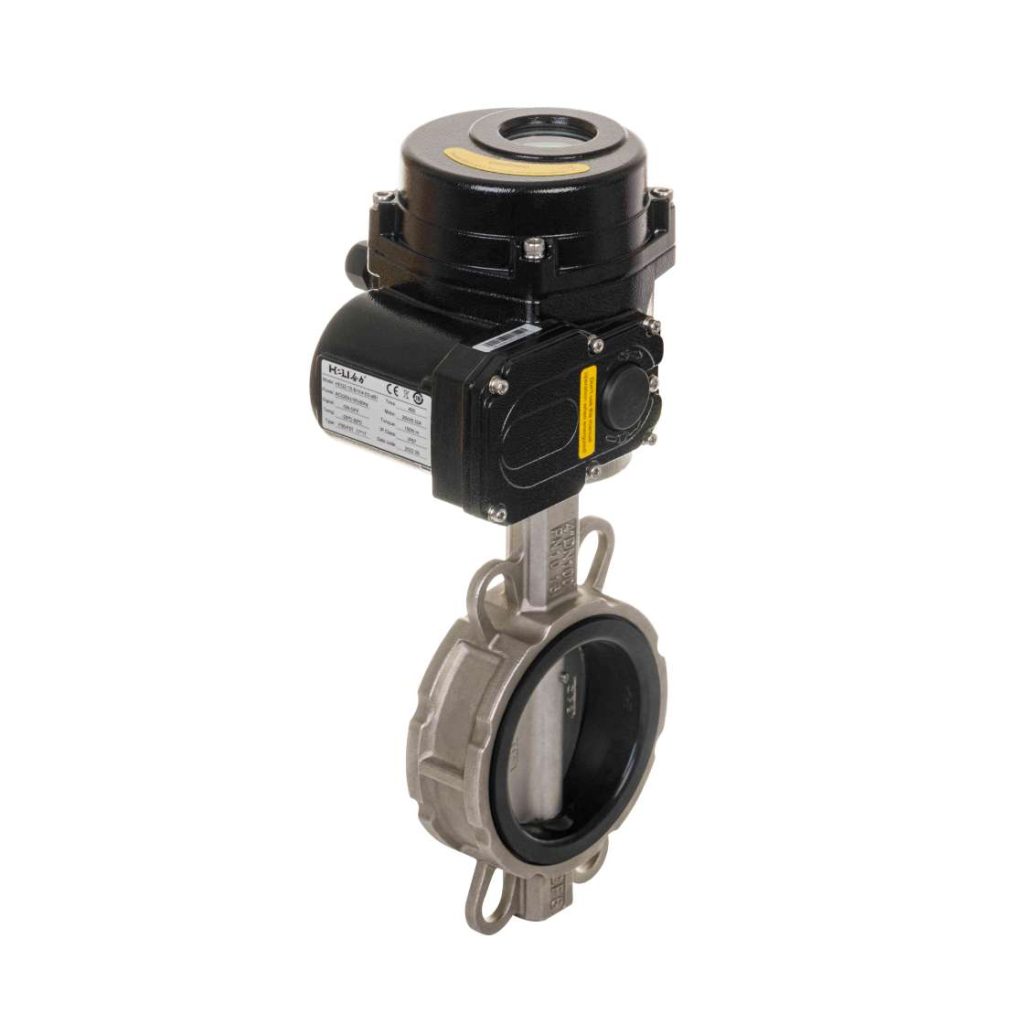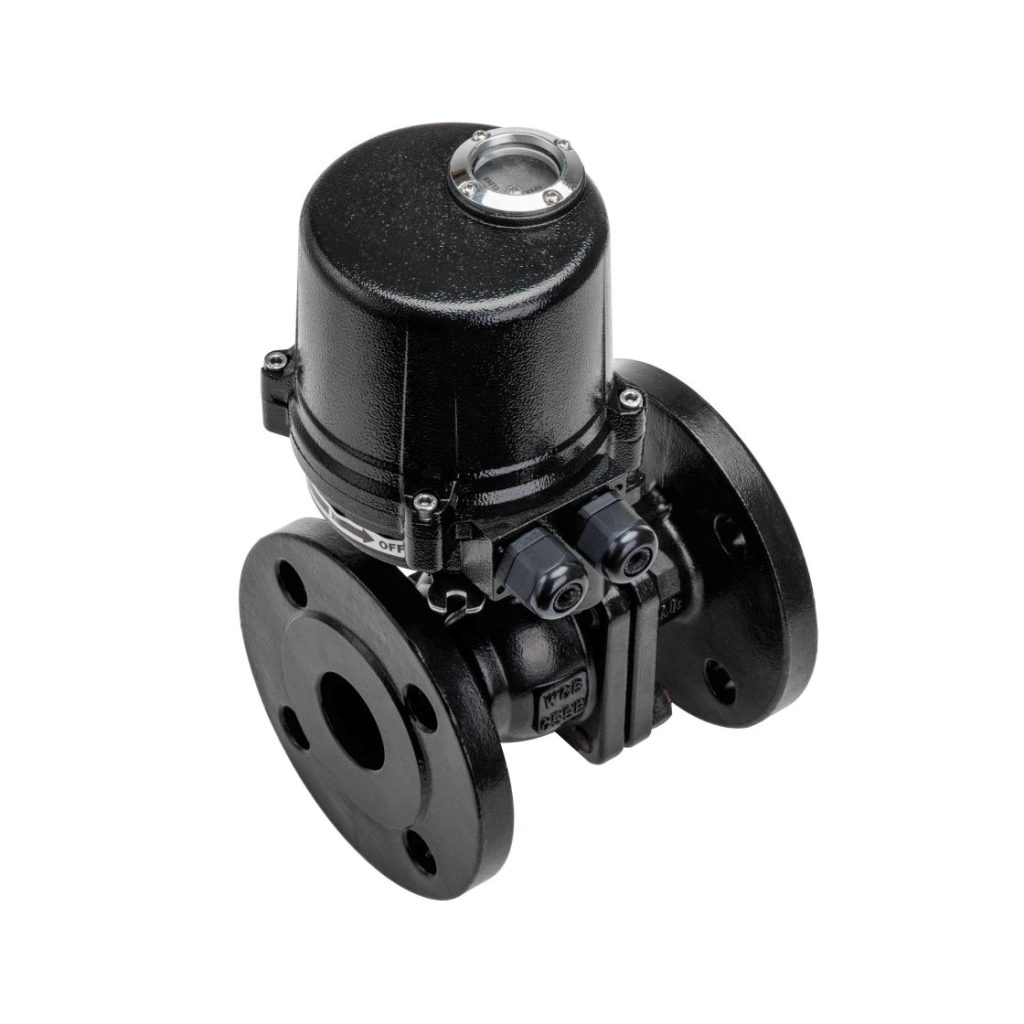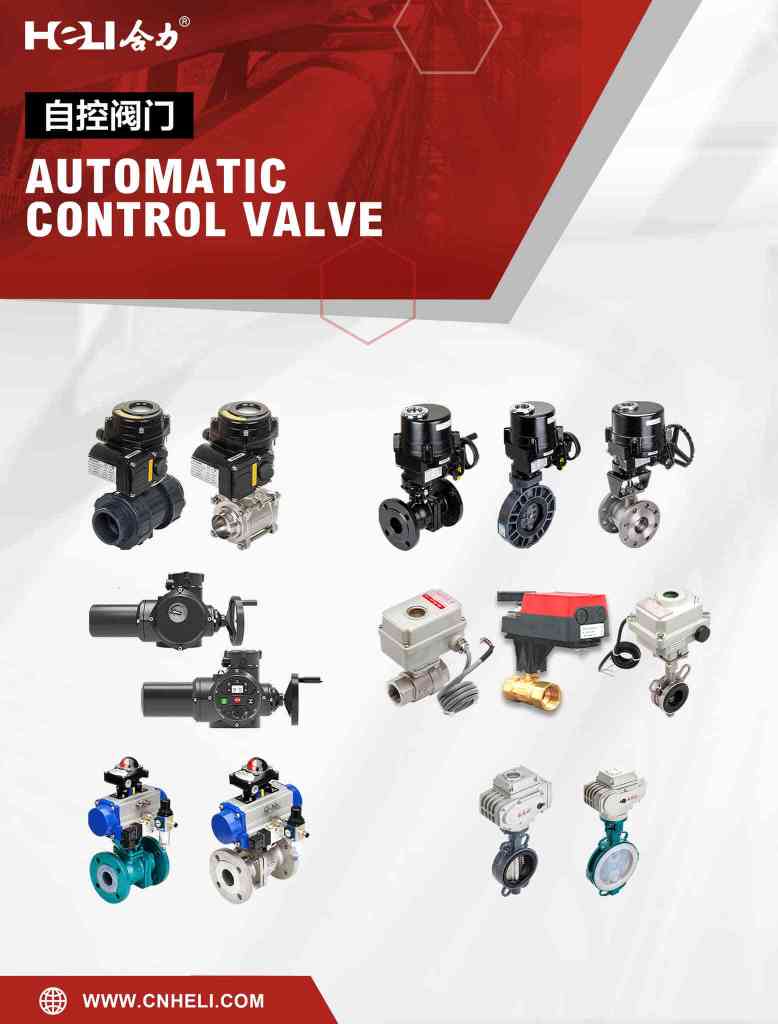Electric valves are vital components in modern industrial automation, enabling precise control of fluids and gases across various applications. These valves are essential in a wide range of industries, including oil and gas, water treatment, HVAC systems, and chemical processing. With the integration of electric actuators, electric valves offer enhanced efficiency, safety, and ease of operation compared to traditional manual valves. In this article, we explore what electric valves are, how they work, and their advantages in industrial applications.

What is an Electric Valve?

An electric valve is a type of valve that is operated using an electric actuator. Unlike manual valves that require physical effort to open or close, electric valves are powered by electric motors, which control the movement of the valve stem, enabling quick and precise adjustments. Electric valves are typically used to regulate the flow of liquids, gases, or slurries within pipelines or equipment. They are commonly found in systems where remote operation or automated control is necessary. Electric valves consist of several key components: the valve body, actuator, and positioner. The actuator is the component responsible for opening or closing the valve based on electrical signals. The positioner ensures that the valve reaches the correct position according to the control signals, enabling accurate flow regulation. The combination of these elements allows electric valves to function with minimal human intervention, offering greater efficiency and control.

Leave a Reply